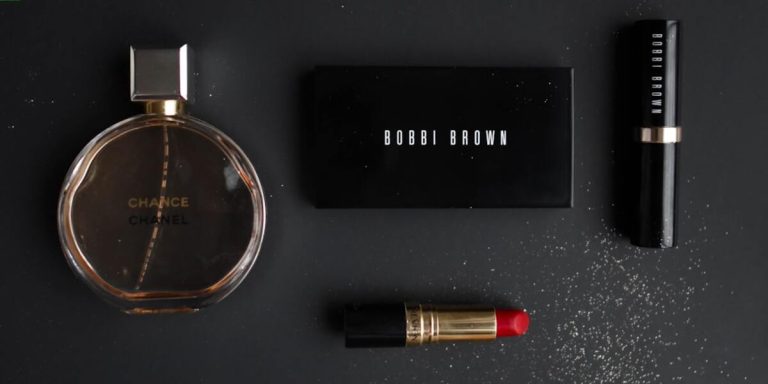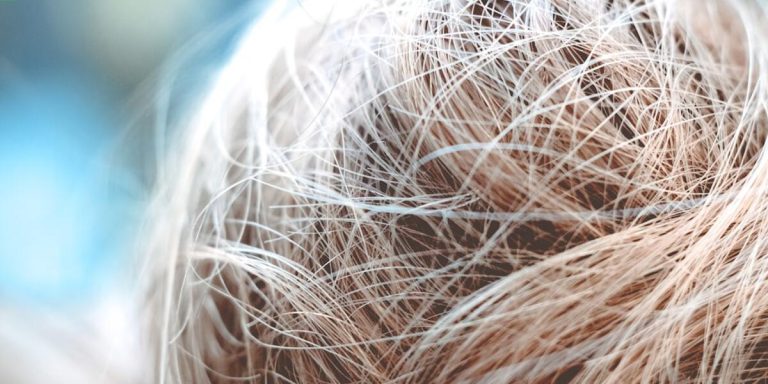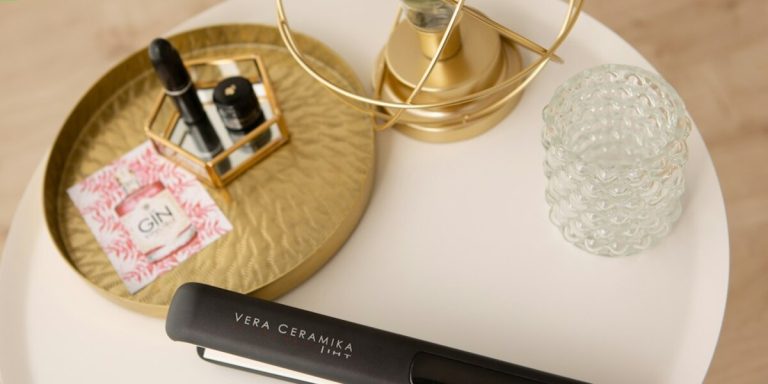Post Hair Transplant Care: Essential Guide for Long-Lasting Results
The journey to a full head of hair doesn’t end when you leave the operating room; post hair transplant care is as critical as the procedure itself. In fact, how well your scalp recovers and how effectively new follicles grow largely depends on the steps taken in nourishing and maintaining your newly transplanted hairs.
Many recipients are not fully aware of their role towards successful transplantation outcomes. To help fill this gap, our comprehensive guide sheds light on proven techniques for preserving those precious grafts after surgery while ensuring optimal growth conditions for long-lasting results.
Did you know?
Did you know? After a hair transplant procedure, it takes about 3 to 4 months for the transplanted hairs to start growing and displaying noticeable results. This delay is due to the initial shedding post-transplant known as “shock loss”.
Essential Post Hair Transplant Care Regimen
The journey to hair restoration doesn’t end at the doors of your surgeon’s office. It continues through a meticulous post-op care regimen, particularly tailored for those who’ve undergone a hair transplant procedure. Emphasizing on such routine not only ensures speedy recovery but also maximizes the potential for successful growth of transplanted grafts and curtails any possible complications.
Diligent aftercare begins with addressing immediate concerns like swelling or discomfort that are common aftermaths in these procedures. Primarily, it involves using prescribed analgesics and following proper sleeping techniques suggested by professionals which include propping up pillows to alleviate excessive inflammation. Similarly, maintaining scalp cleanliness is integral both from an aesthetic perspective as well as aiding healing process while reducing chances of infection.
Patients must treat their new grafts carefully in the first few weeks post-surgery, as this time is critical for the longevity and health of the implants. They should:
- Avoid strenuous activities that cause sweating and could irritate or dislodge sensitive grafts.
- Stay out of the sun to protect against ultraviolet ray damage.
- Refrain from consuming alcohol and tobacco, allowing the body to concentrate on healing.
Following these steps will contribute to achieving a full, healthy head of hair.
Daily Cleansing Techniques for Newly Transplanted Hair
After undergoing a hair transplant procedure, maintaining effective post hair transplant care is essential for achieving the best results. One crucial aspect of this care regimen involves daily cleansing techniques for newly transplanted hair.
First and foremost, we’ll need to address timing as it’s an important factor in your cleansing routine. Refrain from washing your head immediately after a transplantation operation – wait at least 48 hours before starting any type of cleaning regimen. This pause allows the newly grafted follicles time to settle into their new environment without disruption.
Once you are able to begin your washing routine, start by moistening the scalp gently with lukewarm water but avoid using high-pressure water jets or direct shower sprays on your sensitive grafts; these could dislocate them during initial days following surgery.
When selecting shampoos for use during our critical post-hair-transplant-care period look specifically for products that are mild in nature and devoid of strong chemical components like parabens or sulfates which can irritate sensitive skin areas where grafting has taken place.
In terms of technique when shampooing don’t rub harshly against scalp rather apply small amounts onto fingertips first then pat softly across entirety covering all parts effectively while being mindful not disturb delicate implanted hairs too much – remember key word here gentle!
Selecting the Right Hair Care Products After a Transplant
Selecting the right hair care products after a transplant is vital in ensuring the longevity and health of your newly transplanted hair. Emphasizing post hair transplant care, it’s important to remember that not all products will suit your new needs.
Start by choosing a gentle shampoo – harsh chemicals can be detrimental to the delicate follicles. Consider shampoos specifically formulated for sensitive scalps or those with organic ingredients; these types are typically milder and less likely to cause irritation or damage.
Conditioners play an instrumental role too. A nourishing conditioner aids in maintaining hydration levels for both scalp and hair, promoting optimal growth conditions. Look out for conditioners rich in natural oils such as argan oil, jojoba oil, or coconut oil which possess fantastic moisturization properties.
Adding serums into your regimen offers great benefits. Hair serum enriched with keratin proteins aids in smoothing frizz while fortifying each strand’s strength . This minimizes breakage risk thereby protecting your investment on transplantation.
Hair masks offer deep conditioning treatments best used once per week. They infuse moisture deeply within strands mitigating dryness caused due to surgical procedures during transplant similar like how body lotions replenish skin post-surgery.
Furthermore, you should limit usage of heating tools as they harm follicle health leading further towards weakening them causing potential fallout thus contradicting efforts put into acquiring this fresh batch of tresses through surgery at any year even 2023 being no exception.
Avoiding Common Pitfalls in Post-Transplant Maintenance
Navigating aftercare can be a challenging task following a hair transplant. However, awareness about common pitfalls in post-transplant maintenance promotes the longevity of your new follicles and ensures optimal recovery. One of these frequently encountered challenges is neglecting the precise guidelines for washing your scalp.
It’s vital to remember that rigorous washing can lead to damage or dislocation of newly grafted hairs just as avoiding cleansing entirely might risk infection.
Another frequent error often made by patients revolves around engaging in strenuous activities too soon after surgery. Undertaking vigorous physical exercises not only risks injury but may also cause unnecessary sweating which escalates chances for complications like inflammation or graft loss due to perspiration-induced moisture at affected sites.
Sun exposure ranks high among misconceptions related to good practices concerning hair transplants during 2023, with many underestimating its potentially detrimental consequences on their healing progressions post-surgery. Unprotected sun exposure can catalyze adverse reactions such as redness, swelling and even delay the much-anticipated regrowth process significantly. Therefore shielding one’s scalp from harsh UV rays becomes an indispensable part of successful post-transplant care.
Sticking religiously to medications prescribed plays a crucial role too; stopping them prematurely poses threats ranging from augmented discomfort levels due to itching sensations or dry scalps all through jeopardizing results you desire desperately after going through arduous components involved in opting for transplantation treatments.
Understanding Which Activities to Limit Post-Surgery
In the journey to maintaining healthy hair post-transplant, understanding which activities to limit immediately after surgery is crucial. Let’s dive into how you can ensure effective post hair transplant care.
Firstly, vigorous physical activity should be restricted for at least one week following your procedure. This includes heavy lifting and intense aerobic exercises such as running or cycling. The reason behind this recommendation lies in elevated blood pressure often associated with strenuous activity that could potentially heighten bleeding risk and dislodge newly implanted follicles.
Next on our list are water-related activities including swimming, saunas or hot tubs – these should ideally be avoided for two weeks post-surgery due to potential infection risks posed by public pools and steam rooms coupled with increased scalp sensitivity during initial stages of recovery.
Sun exposure also calls for caution; while natural light promotes healing through Vitamin D production, excessive sunlight might cause scalding damage considering heightened skin sensitivity directly after a transplant session. Therefore it’s advised to shield your scalp using loose hats when stepping outdoors until redness subsides completely.
Similarly avoiding direct contact between comb bristles and graft sites brings down unnecessary strain levels imparted onto tender areas thus promoting better restructuring progress.
A significant yet understated factor influencing successful recovery remains diet control – high salt consumption may lead towards swelling around forehead regions whereas overconsuming alcoholic beverages obstructs body’s healing ability temporarily slowing recuperation speed considerably against anticipated timelines 2023 standards suggest.
Handling Itching and Swelling with Proper Afterscare
When you get a hair transplant, it’s normal to experience some level of discomfort in the form of itchiness or minor swelling. This is usually an indication that your scalp is healing from the procedure – nevertheless, knowing how to soothe these symptoms ensures faster relief and better comfort.
To start with, applying cold compresses gently onto the affected area often works wonders for reducing both irritation and inflammation. Make sure not to apply too much pressure though; we don’t want any unnecessary stress on those newly transplanted follicles!
Next up: proper hydration. Maintaining adequate fluid intake helps keep tissues healthy during this crucial healing phase while also lessening chances for excessive dryness which could ignite further itchiness.
Thirdly-remember ‘gentle’ should be your default approach right now! Whether it’s washing your head using doctor recommended shampoos or simply combing through new strands – always opt for tender touch over harsh ones.
Lastly but importantly-stick religiously with prescribed medications by professionals involved throughout process until their designated timeline comes into completion without giving way towards impulsive tendencies like prematurely stopping doses under false perceptions about apparent ‘healing’.
Optimizing Scalp Health for Lasting Transplant Results
Promoting scalp health is a critical component of post hair transplant care. It’s essential not just for the longevity but also to enhance overall results and prevent any complications from arising. In 2023, we have numerous advanced techniques and products available that assist in maintaining optimum scalp condition following a delicate procedure like hair transplantation.
Focusing on optimizing your scalp’s environment can expedite recovery times while ensuring newly implanted follicles stand their best chance at thriving. This includes keeping the area clean and free of harmful bacteria that could hinder natural healing processes or cause infections – an aspect crucial now more than ever due to urban pollution levels reaching new peaks each year.
Regular massages using reliable serums may stimulate blood circulation within your capillaries, driving vital nutrients straight up to those budding roots! Similarly, it would be wise choosing gentle shampoos specifically formulated for tender scalps – they ensure thorough cleansing without disturbing the fragile healing tissues underneath.
Balanced nutrition cannot be overlooked as part of lasting transplant success either; incorporating diet rich in proteins along with Vitamin E supplements promotes efficient tissue repair while supporting robust growth cycles ahead.
To summarize then, aftercare practices targeted towards augmenting scalp vitality essentially pivots around cleanliness norms followed by nutritious intake plus supplementary measures stimulating rejuvenating systems internally and externally alike.
Nutrition and Supplements that Support Follicle Growth
Good nutrition is a critical aspect of post hair transplant care that can’t be overlooked. Eating the right foods and taking suitable supplements not only contribute to overall health, but also offer essential support for follicle growth – boosting your chances of enjoying lasting results from your procedure.
A well-rounded diet provides many vitamins and minerals beneficial to freshly transplanted hair follicles. Protein-rich foods such as eggs, lean meats or beans are particularly important as proteins serve as building blocks for new hairs.
Consuming omega-3 fatty acids found in walnuts, flaxseeds, chia seeds or fatty fish like salmon promotes scalp health by supplying nutrients that combat dryness and inflammation – issues known to hinder healthy follicle function.
To further enhance post-operative hair growth, incorporate suitable food choices into your daily meal routine and consider certain nutritional supplements.
1. Biotin: Also known as Vitamin H (B7), biotin contributes significantly towards maintaining robust strands since it plays an integral part in keratin production – a protein forming key structural component in human tresses.
2. Iron: Deficiency of this mineral commonly leads to anemia which is directly linked with baldness among men & women alike.
Sun Protection Strategies for Your Scalp Post-Procedure
Ensuring that your scalp is protected from the sun’s harsh UV rays plays a pivotal role in post hair transplant care. Many are often unsure of how to efficiently shield their head from potential sun damage following the procedure, but fear not – understanding and implementing effective sun protection strategies for your scalp isn’t as complex as you might think.
A fundamental step towards protecting your skin involves applying sunscreen religiously every day – yes, even during colder months or on cloudy days! Make sure to use an SPF product with at least 30+ protection level and don’t forget to reapply it throughout the day if you’re spending extended time outdoors.
Physical barriers such as hats provide excellent coverage against harmful rays after a hair transplant surgery due its immediate effectivity compared to other methods where gradual effects can be observed over time. Hats made out of tightly-woven fabric like canvas serve better than those lighter materials since they allow fewer UV light penetration.
Avoid direct exposure by seeking shade whenever available especially between peak hours when sunlight is most powerful which ranges usually between 10am-4pm based on geographical location and seasonality factors.
Conclusion
In the end, mastering post hair transplant care is pivotal to enjoy long-lasting results. Everything from a healthy diet and gentle shampooing to sun protection and routine check-ups plays an integral role in your recovery journey. Transplantation isn’t just about gaining back your crowning glory; it’s also about maintaining what you’ve obtained—a responsibility that extends for life.
We know how critical this phase can be and we’re here with plenty more guidance at every step of your follicular voyage. For more insights on “Hair Care and Maintenance”, feel free to explore our website where expert advice meets practical approach, thus helping you secure the lustre of those newly transplanted tresses seamlessly! Dive deeper into our treasure trove of resources—because great hair doesn’t happen by chance, it happens by appointment!







